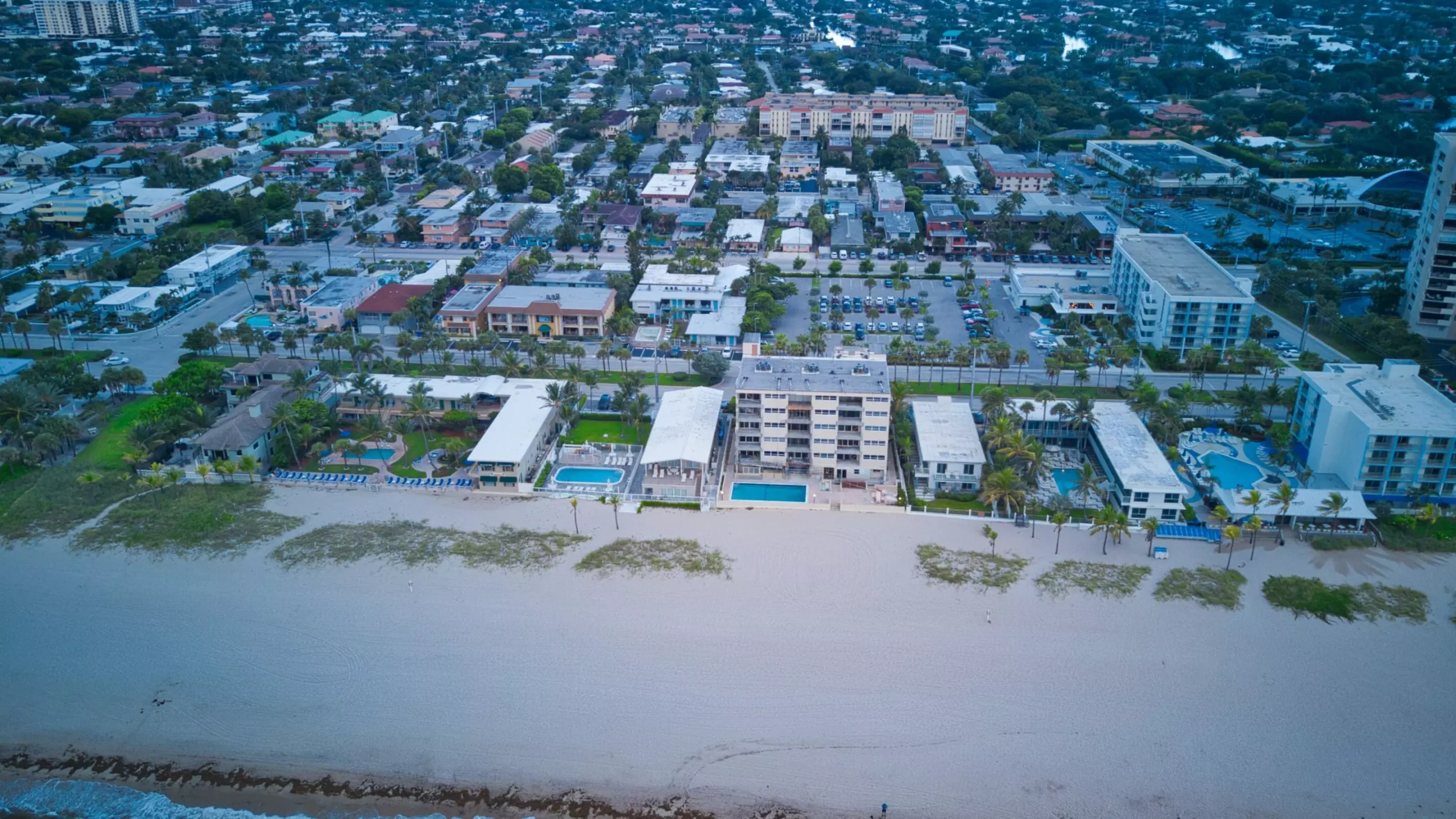In recent times, continuous news about Earth’s fluctuating climate has painted a grim picture, marked by dramatic events such as relentless wildfires, intensified hurricanes, catastrophic flooding, and extreme heat waves. The consequences of climate change seem increasingly unavoidable, as environmental changes unfold at a rapid pace. However, a new study led by researchers from Dartmouth University offers a glimmer of hope concerning projections of sea level rise attributed to polar ice sheet melting. This research challenges one of the most alarming scenarios projected by the United Nations’ Intergovernmental Panel on Climate Change (IPCC) and provides critical insights into how we can approach climate policy and coastal planning.
The sixth assessment report from the IPCC brought to light the possibility of unprecedented sea level rise due to the collapse of ice sheets in Antarctica. Specifically, the report highlighted a terrifying prediction where sea levels could surge by as much as 50 feet by the year 2300, should certain ice-melting mechanisms play out. The scenarios outlined by the IPCC presented stark implications, such as the submergence of regions like the Florida Peninsula, making it a dire warning for coastal communities. However, this projection was labeled as a low-likelihood scenario, leading researchers to scrutinize its underlying assumptions.
One such assumption is encapsulated in the Marine Ice Cliff Instability (MICI) theory, which suggests that if an ice shelf collapses, it would expose large cliffs of ice that could then disintegrate rapidly under their own weight. This hypothesis remains unproven and was based on a single low-resolution model. In their recent study published in *Science Advances*, the Dartmouth team sought to explore this concept using three high-resolution models, aiming for a more robust and reliable representation of ice dynamics.
Examining the retreat of Antarctica’s Thwaites Glacier—often dubbed the “Doomsday Glacier” due to its potential for significant sea level rise—the researchers discovered that the glacier is not projected to collapse as quickly as MICI would suggest. Even under hypothetical conditions where the ice shelf rapidly collapses, the researchers concluded that the glacier’s retreat rates were less severe than initially predicted by MICI. By applying more accurate physics and higher resolution models, they established that the mechanism for accelerated ice loss was not as dramatic as previously thought.
Dartmouth Earth sciences professor Mathieu Morlighem, who led the study, emphasized the importance of these findings. Policymakers often rely on high-end projections when creating infrastructure plans, like building protective barriers or relocating populations from vulnerable areas. Acknowledging that the Antarctic is not immune to climate changes, Morlighem stressed that while ice loss is inevitable, extreme scenarios from the MICI projection need to be approached with caution.
Although researchers do not dispute the broader claims made in the IPCC report about sea-level rise associated with glacial melting, they specifically challenge the high-end projections that incorporate the unverified MICI process. Insights from this study are vital for developing coastal strategies that address future risks without invoking unnecessary panic based on extreme, yet unlikely predictions.
The research team underscored that while scenarios involving MIIC may lack credibility, other established instabilities, such as Marine Ice Sheet Instability (MISI), will persistently contribute to ice loss and future sea level rise. As glaciologist Dan Goldberg from the University of Edinburgh pointed out, MISI remains a significant process that could accelerate ice loss, adding complexity to how we frame our understanding of climate-related threats.
The findings from this study represent a crucial step towards revising our understanding of ice sheet dynamics and their influence on global sea levels. By applying detailed simulations and rigorous methodologies, researchers have illuminated discrepancies within alarming climate forecasts, ultimately advocating for more nuanced, scientifically grounded models.
As we forge ahead in the climate crisis, accurate representations of environmental changes are essential. The urgency to uphold both robust research and effective policymaking reflects the need for sound judgment in confronting climate change—one that acknowledges the potentials of both moderate and extreme outcomes without unwarranted alarm. It is vital for stakeholders—from local governments to international bodies—to depend on reliable models that accurately reflect physical processes behind ice dynamics, allowing for informed decisions and effective preparedness against the inevitable changes awaiting us.


Leave a Reply